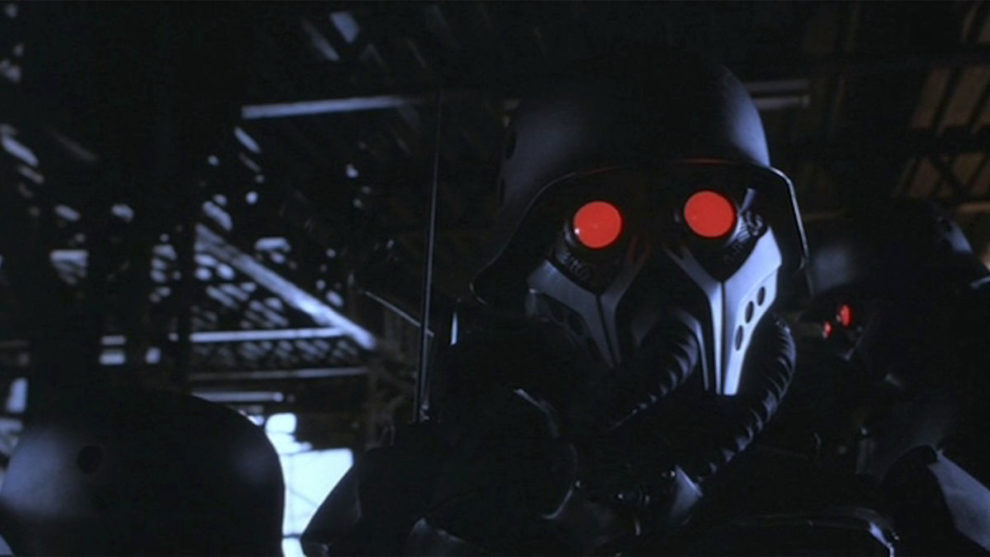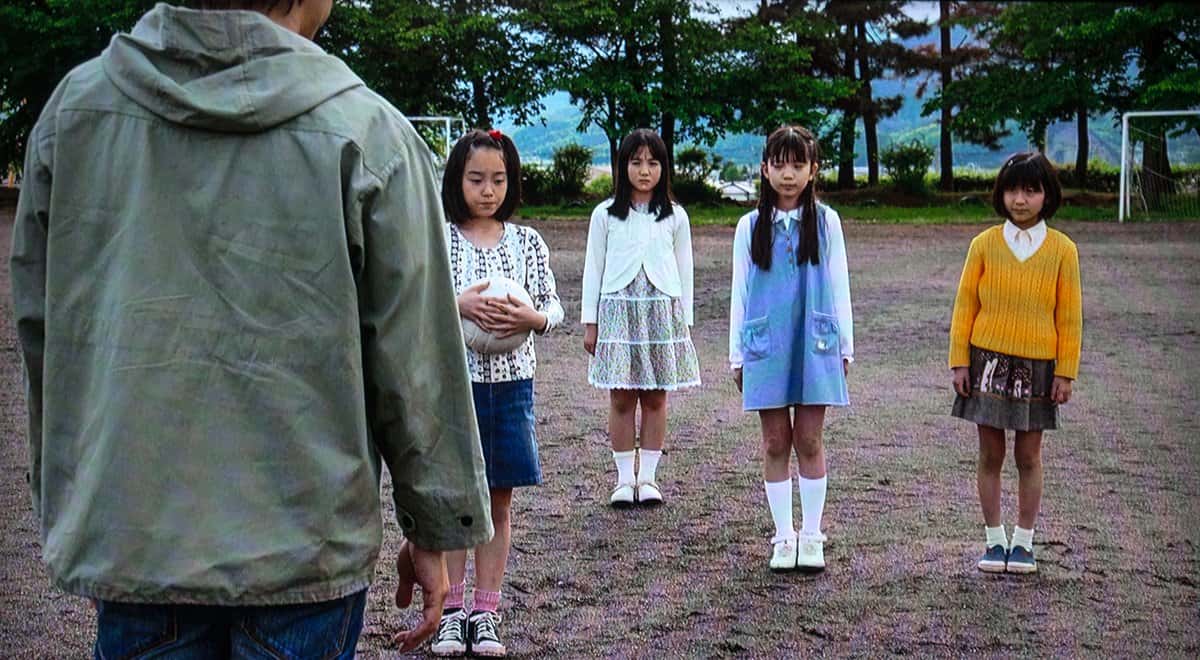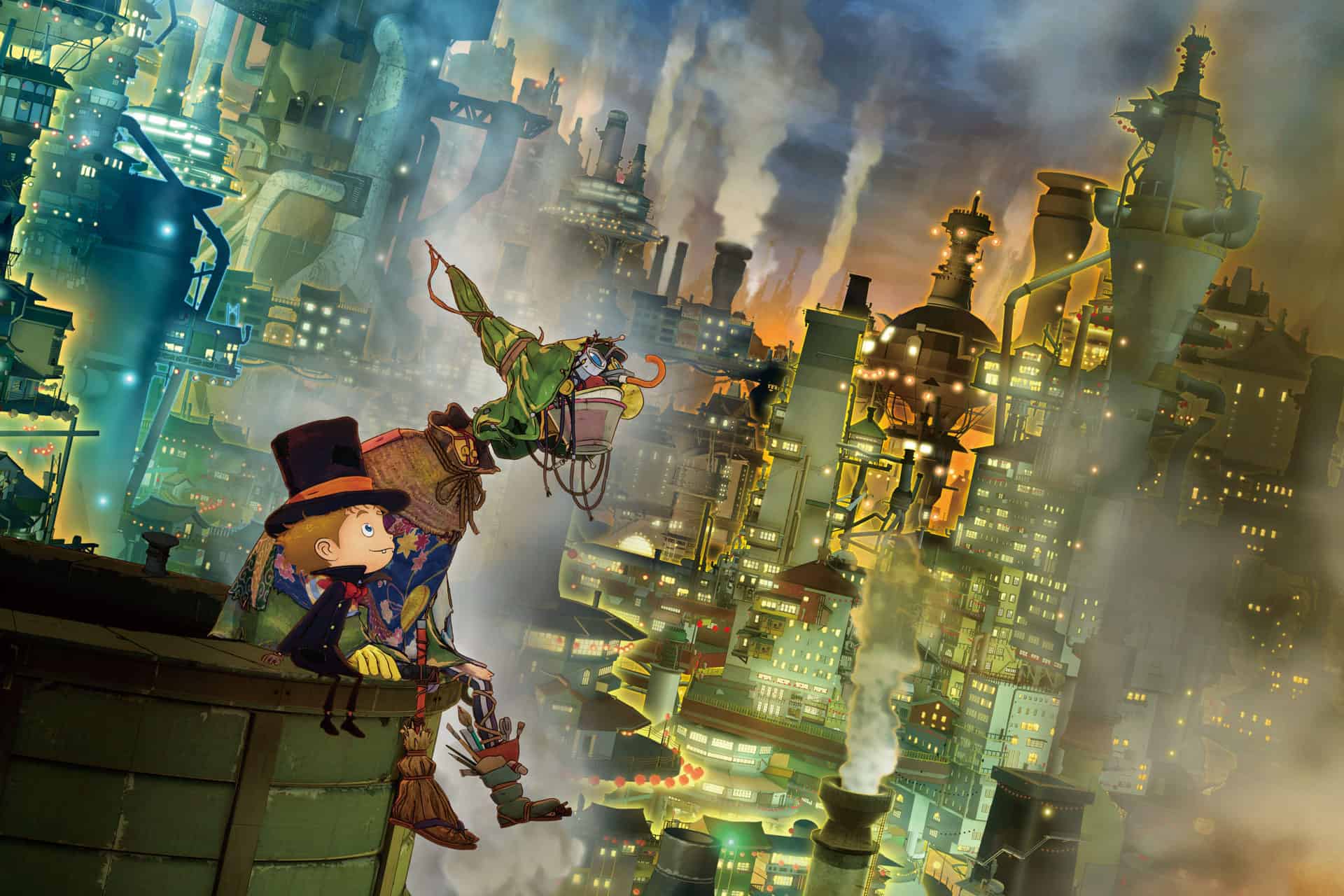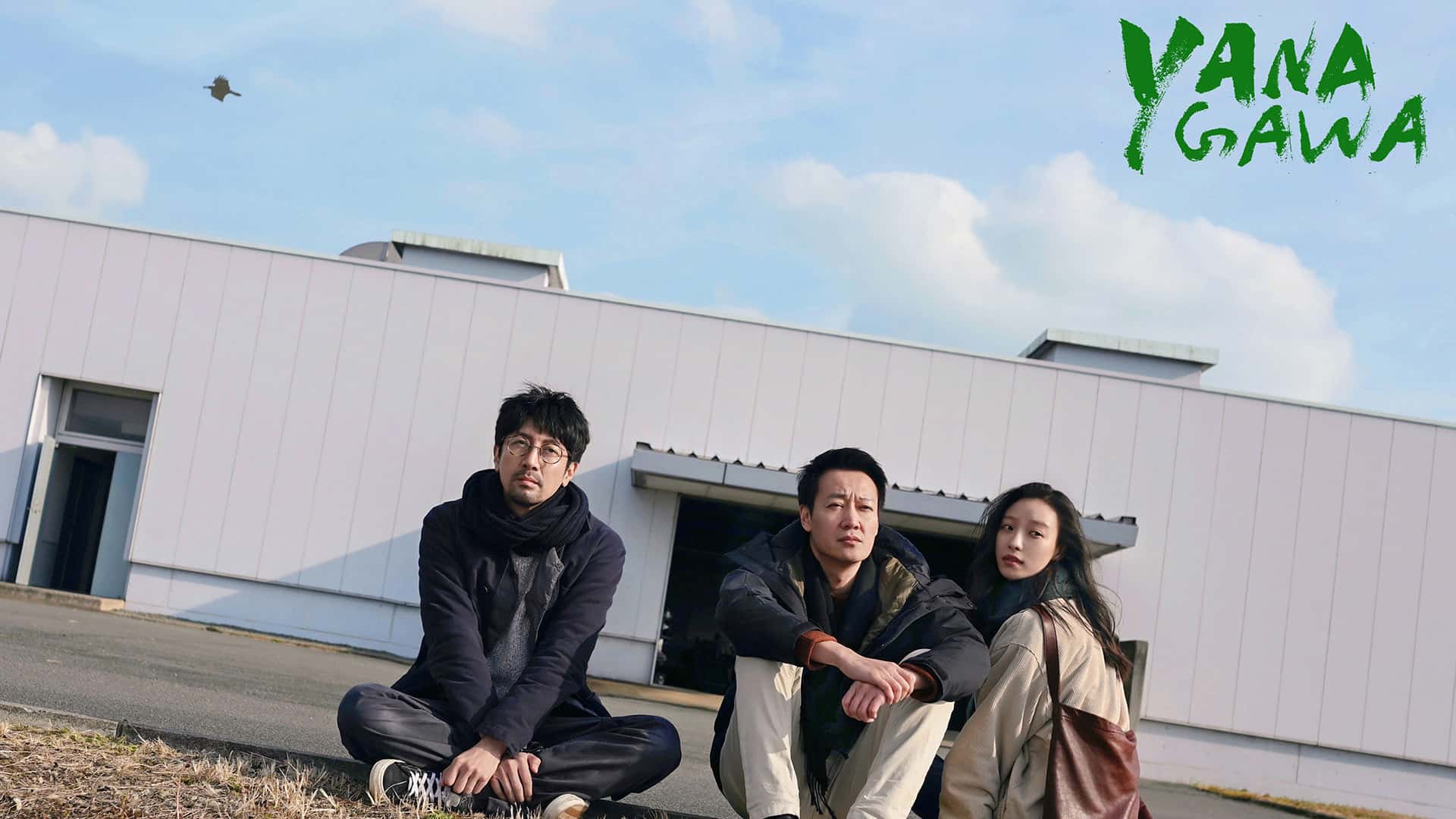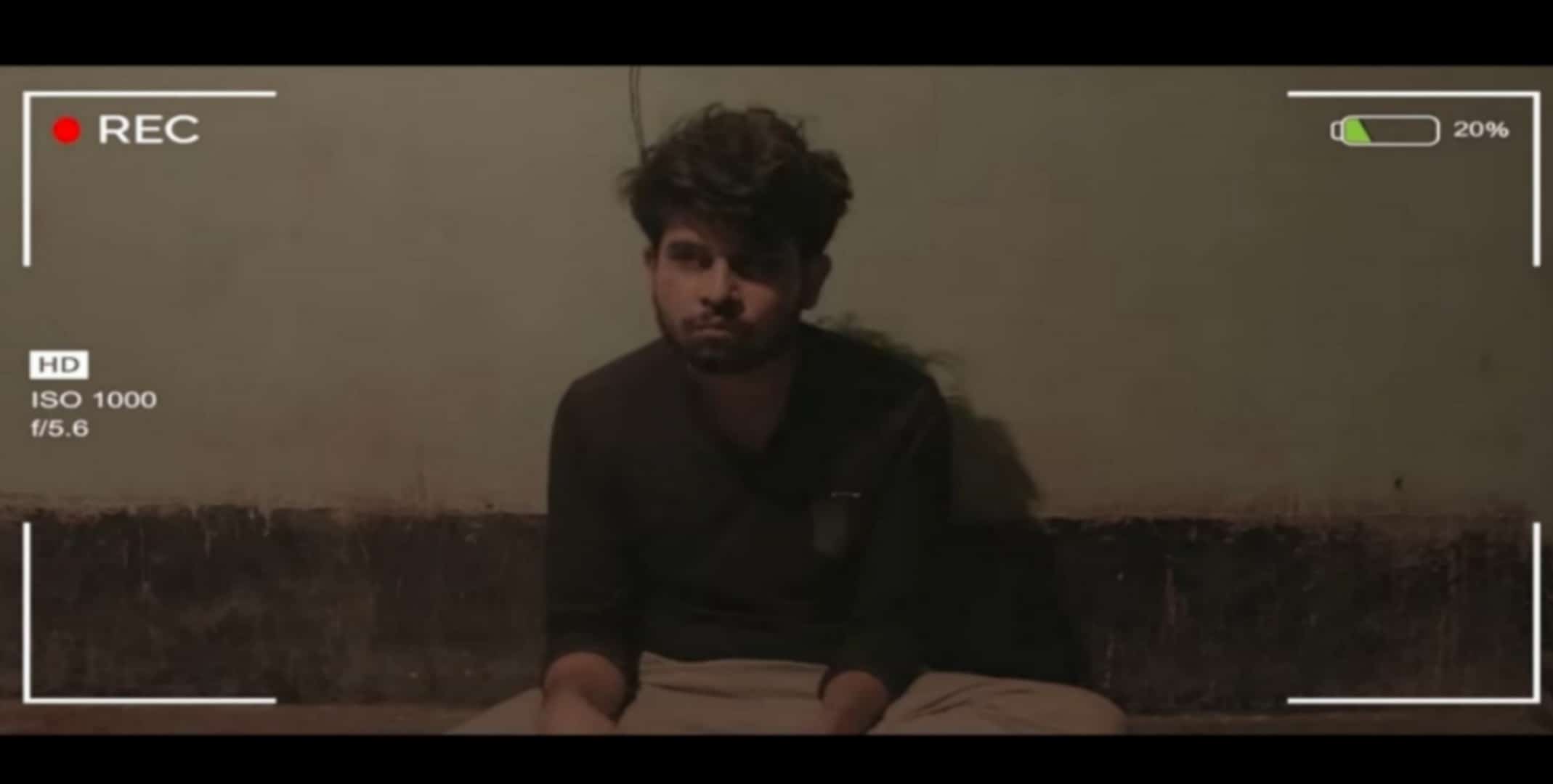Mamoru Oshii has solidified himself from one acclaimed anime film to another. “Ghost in the Shell” is hailed as a masterpiece of cyberpunk storytelling, and “Urusei Yatsura 2: Beautiful Dreamer” is highlighted for its hilarious comedy. Oshii has a lot of range as a visionary that transcends beyond animation, as he has done live-action features as well. One of his most personal projects is the franchise known as the “Kerberos Saga,” a gritty alternate history political thriller. Various forms of media, from radio dramas to comic books, have painted a picture of the gloomy society presented in this horrifying rendition of alternate history. When it comes to cinema, the most popular entry is Hiroyuki Okiura's anime movie “Jin-Roh: The Wolf Brigade,” which, which Oshii wrote. Yet, the saga's first depiction on film would be in Oshii's surreal and marvelous gem, “The Red Spectacles.”
“The Red Spectacles” is the first live-action film Mamoru Oshii directed. The project was made on a low budget and features a cast of actors who primarily specialize in voice acting. Many of these talents had already worked with Oshii on previous anime works. Writing the screenplay alongside Oshii is Kazunori Ito. Ito would go on to write the screenplays for many of the director's other features like “Ghost in the Shell,” as well as Shusuke Kaneko's “Heisei Gamera Trilogy.”
In a bleak future, a more heavily armed police organization is established to maintain order in Japan. They are referred to as “Kerberos.” Unfortunately, what began as a group to sustain peace soon became corrupt and extreme over time, leading to more chaos. Following catastrophic events, the group is disbanded, but some do not agree to disarm and decide to go against the system. A police unit consisting of Koichi Todome, Midori Washio, and Soichiro Toribe attempt to evade capture, yet, they find themselves getting caught up in a gunfight. With his two comrades injured, Koichi is forced to flee on his own but promises to return one day and is sought out as a fugitive by the government. Years later, he returns to Japan to attempt to reunite with his friends. However, a number of surreal events take place, and the former member of law enforcement finds himself dodging one obstacle after another when he is targeted by a government agent named Bunmei Muroto.
Mamoru Oshii blends genres here with the presentation of a science fiction reality with film noir elements, similar to Ridley Scott's “Blade Runner” and Jean-Luc Godard's “Alphaville.” “The Red Spectacles” does a great job creating a world that is strong in atmosphere. One minute the movie can be loud and chaotic while other moments are quiet. The reality presented is dark and hopeless, with a loss of individuality and a world slowly collapsing, while Oshii also examines the corrupt authorities. This is further enhanced by the struggles the protagonist desperately tries to overcome as he was once a part of an organization that aimed to establish peace but soon escalated to extremism. He desperately wants to leave all that behind, but it keeps catching up with him. The third act is especially poignant, as it builds to a chilling ending. However, surprisingly well-balanced with the gritty tone of the movie is hilarious dark comedy. Once Koichi returns to Japan, the film takes a surreal turn with witty dialogue and is intentionally exaggerated at times with the visuals. Yet, it works and gives viewers great humor to laugh at while also ultimately serving a purpose to the narrative, which becomes even more commendable on repeated viewings.
There are also plenty of subtle details sprinkled throughout the movie, from visual details to the use of symbolism. The Panzer Cops are like hounds; Koichi is equated to a stray dog wandering without a master. With the “Age of Cats” prospering following the fall of the Kerberos Unit, the main lead's desperate fight for survival is like a mouse trying to avoid being preyed upon by cats. The color red also has great significance and use with the lead. Koichi wears rose-tinted glasses almost like a coping mechanism to present a more vibrant reality than the hopeless one he is forced to live in. One could say the shades help him drown in a false sense of comfort. The longing for an unobtainable paradise is further emphasized by his attempts to reconnect with his comrades. It is also greatly shown with the use of a mysterious woman who appears throughout the movie. Her presence is like an impossible dream that cannot be obtained.
Considering most of the cast consists of talents who primarily work in voice acting, it is commendable how great their performances are here. Shigeru Chiba is wonderful as Koichi Todome, being funny, energetic, and charismatic. Chiba also adds a level of sadness to his role as a man trying to escape his past while trying to reconnect with those he cares about, yet the world slowly closes in on him. Koichi's two comrades are more subdued but also memorable, with Machiko Washio being effectively pessimistic but strong as Midori Washio and Hideyuki Tanaka adding a level of coolness as Soichiro Toribe. For the film's antagonist Bunmei Muroto, Tessho Genda balances being imposing and having humorous moments. Mako Hyoudou adds a mysterious presence to the part of the woman who appears throughout the film. Also appearing in the movie is versatile talent Hideyo Amamoto as the mysterious figure Moongaze Ginji.
The budget doesn't hold back Mamoru Oshii as “The Red Spectacles” showcases striking set pieces. The look of the feature sometimes feels like a tribute to the aesthetics of classic silent cinema, such as the work of visionaries like Fritz Lang and F.W. Murnau. The lighting is superb, and Yosuke Mamiya's cinematography is wonderful. The transition from color to black-and-white also gives the picture style and adds to the atmosphere. There is also a great variety of locations. One of the most memorable settings of the picture is a dream-like movie theater Koichi visits. The Kerberos Panzer Cop armor known as “Protect Gear” is terrifying and imposing. The glowing red eyes on the mask are super threatening. The action scenes are impressively staged, the opening being a highlight. Kenji Kawai's music score is vibrant and beautiful, the main theme being fantastic.
Darkly comical and effectively poignant, “The Red Spectacles” is a wonderful film. Mamoru Oshii skillfully works around a tiny budget and delivers a viewing experience that is outlandish and entertaining. Adding to that, it manages to be thought-provoking with its subject matter when more deeply analyzed. A few years later, a prequel would be made titled “Stray Dog: Kerberos Panzer Cops,” which Oshii would also direct. These days, “Jin-Roh: The Wolf Brigade” directed by Hiroyuki Okiura, and the Korean remake “Illang: The Wolf Brigade” directed by Kim Jee-woon remain the most internationally popular movies of the “Kerberos Saga.” Yet, it is unfortunate that a film as creative and imaginative as Oshii's first live-action feature is still highly underseen. Hopefully, one day, that can be fixed.


